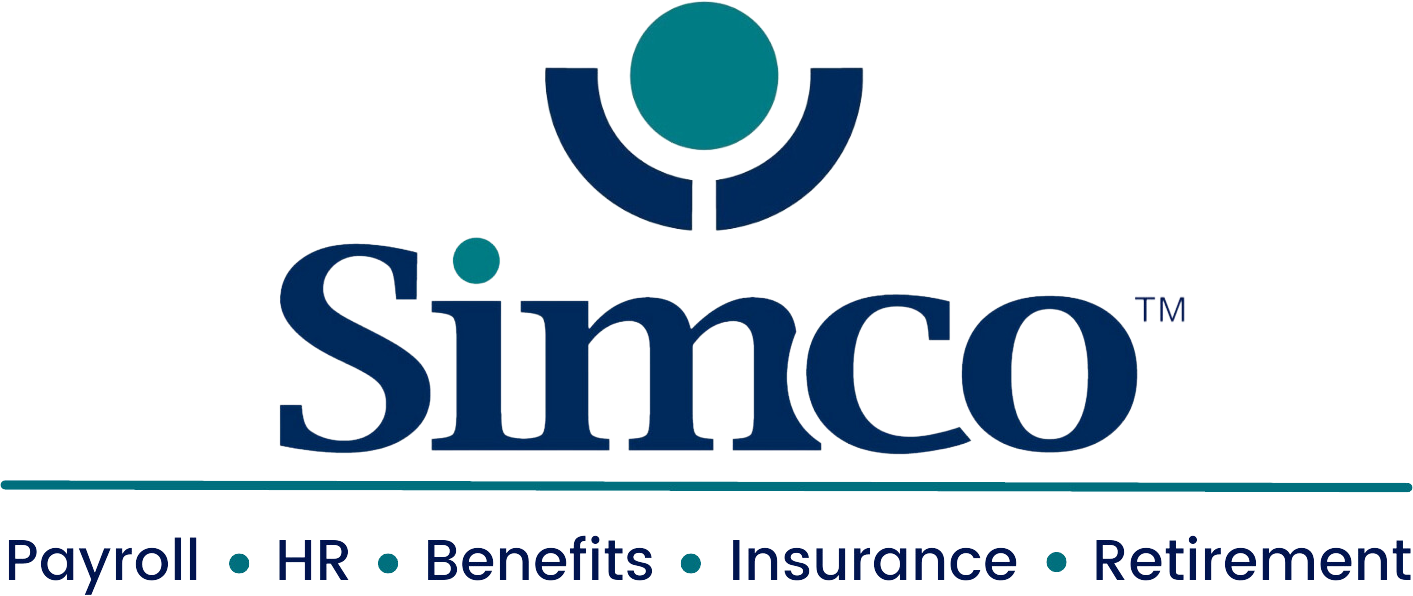
Health care costs continue to rise each year, and 2022 will likely be no exception. With increases in mind, employers will want to strategize methods to rein in benefits spending. This article offers four ways to help.
1. Alternative Plan Modeling
One common method for reducing benefits costs is to increase employees’ share of expenses. This could be done directly through premium increases, but that might generate more problems for an employer; after all, many employees are still struggling financially and are ready to leave their jobs for better benefits options thanks to the COVID-19 pandemic.
Considering this, a more careful approach to lowering expenses may be through alternative plan modeling. Instead of a traditional health plan, employers can think about other plan designs that can still benefit employees without excessive costs. Plan modeling alternatives include:
- Consumer driven health plan models—High deductible health plans with savings options attached
- Implementing an HRA or H.S.A. – Offering an employer sponsored Health Reimbursement account alongside a high deductible health plan or adding a Health Savings Account eligible plan can help employers and employees save in the long run
Each of these plan modeling alternatives has advantages and disadvantages, depending on an organization’s unique circumstances. Employers should reach out to SimcoHR to learn more about the potential of these and other plan models.
2. Health Care Literacy
Improving health care literacy for employees has seen a significant push in recent years. The idea is that if employees better understand their health care options, they can save money and improve their overall well-being.
Even limited health literacy can go a long way toward keeping health costs down in 2022. Arming employees with questions such as “How much will this cost?” and “Can I be treated in an equally effective but less costly way?” can help them take better control over their health choices and make wiser decisions. Further, employees should also be taught basic concepts such as when to visit an emergency room versus an urgent care, the difference between coinsurance and deductibles, and how to price shop for services.
Ultimately, the more educated employees are about health care topics, the more money they can potentially save. In other words, the education employers invest in now will pay for itself later through healthier employees and reduced health expenses.
3. Telemedicine Solutions
Telemedicine allows consumers to visit their doctor over the internet. Unsurprisingly, that made it extremely popular during the height of the COVID-19 pandemic.
And that popularity isn’t likely to go away. Rather, more businesses are likely to shift toward offering more telemedicine options. According to McKinsey and Company, only 11% of U.S. consumers utilized telemedicine in 2019, pre-pandemic. As of mid-2021, 46% of consumers were using telemedicine to replace the in-person health visits they had originally planned. Additionally, 76% of consumers said they were interested in using telemedicine going forward, according to a separate McKinsey and Company survey.
Employers who want to test out telemedicine capabilities can think about offering it in a limited capacity. For instance, an employee might see a doctor in person for an annual checkup, then follow up later with a virtual visit. If employees find this useful, employers can consider expanding their telemedicine offerings.
4. Prescription Drug Policy Revisions
Prescription drug offerings are great additions to health plans, but they can sometimes increase costs if not used properly. Specifically, employees will need to be educated about their drug plan, or they might spend money needlessly.
For instance, without adequate knowledge, an employee might opt for name-brand prescriptions each time they need one. The employee might not even know to ask their doctor about generic alternatives, which are equally effective and significantly more affordable. This can raise prices for everyone—individuals and their employers.
Beyond education, employers can help control needless drug spending by revising their policies. This may include requiring employees to request generic medications first before covering more costly alternatives.
Summary
There are many approaches for controlling benefits spending, but not all will work for each organization. That’s why it’s important for employers to closely analyze their health plan data and assess where they spend the most. This will help inform strategy and allow employers to maximize their efforts.
Reach out to SimcoHR to discuss cost-saving strategies that will fit your unique workforce.
Sign up for our newsletter.




